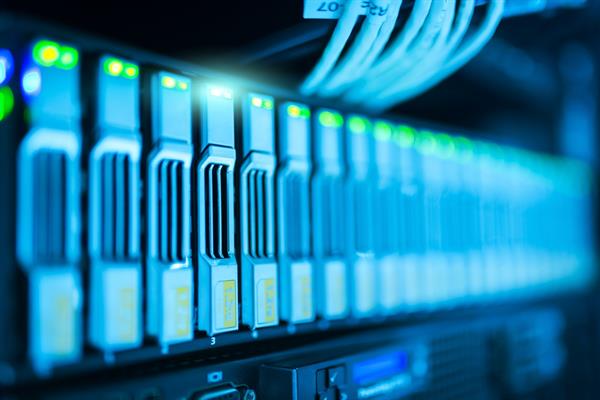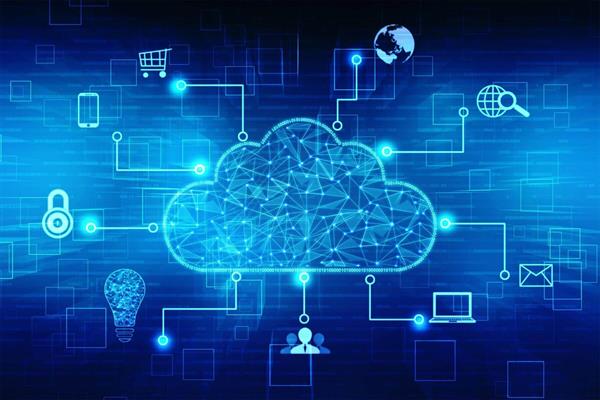EDGE COMPUTING
EDGE COMPUTING
Edge Computing is basically a method of Cloud Computing with a pinch of Internet Of Things, ( IoT ). To understand this, let's define it better in ways that there are several micro data centers around which stores data for a time to serve the data as fast as possible to the nearby requirements.
This typically refers to IoT uses, where edge devices would collect data - could be a large part of a data or the minimal amount of it to enhance the performance and experience of both data and user, it chooses upon the frequency of data where the particular data is called every time and asked for action.

Does it really matter?
Well, yes. Edge computing is very much suited for a variety of situations, like when one IoT device has poor connectivity and it's not so efficient or not capable of for IoT devices to be continually be connected in a central cloud infrastructure. Other use cases have to do with latency-sensitive information, so edge computing reduces the latency of information because data does not have to traverse over a network to a data center or cloud for processing.
Important terms in Edge Computing
- Edge devices
- Edge gateway
- Fat Client
- Mobile Edge computing
Let's discuss each of them
- Edge Devices - Edge devices are devices that can produce data, could be sensors, machines, etc.
- Edge gateway - Acts as a buffer between edge where computing processing is done and on the broader fog network.
- Fat Client - These are clients that can do some data processing on edge devices.
- Mobile Edge Computing - These are buildout of an edge computing system in telecommunications, as of 5G areas.
Edge computing makes life and technology experience easy as that of making our experience easier, thanks to our user experience data used and maintained by Edge technology.





